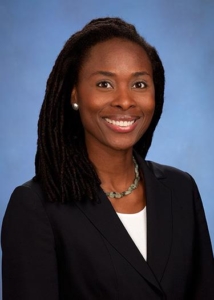 Contributed by executive coach Ann Daly, Ph.D.
Contributed by executive coach Ann Daly, Ph.D.
Dear Career Coach,
I would like to reinvent my life! I graduated with a degree in management four years ago at the age of 50. I spent more than 10 years reaching my goal of completing my degree while working full-time and raising two amazing daughters. I am grateful to have a job in this economy, but I find I am unable to advance due to lack of experience. I need some direction, and I would be grateful for any suggestions you may offer.
Thank you,
Mary
Dear Mary,
First of all, congratulations on your success so far reinventing your life. What you’ve achieved is an inspiration to us all.
I can only imagine how frustrating it must be to have come so far and then find that “lack of experience” is getting in your way. It’s a paradox that many of us encounter at some point: We need experience to land that new title, but how do we get that experience without the title?
Here’s how, in three steps.


 Contributed by Natalie Runyon
Contributed by Natalie Runyon By Melissa J. Anderson (New York City)
By Melissa J. Anderson (New York City) Contributed by Becky Sheetz-Runkle
Contributed by Becky Sheetz-Runkle By Melissa J. Anderson (New York City)
By Melissa J. Anderson (New York City)
 By Tina Vasquez (Los Angeles)
By Tina Vasquez (Los Angeles) By Jessica Titlebaum (Chicago)
By Jessica Titlebaum (Chicago) By Melanie H. Axman (Boston)
By Melanie H. Axman (Boston)